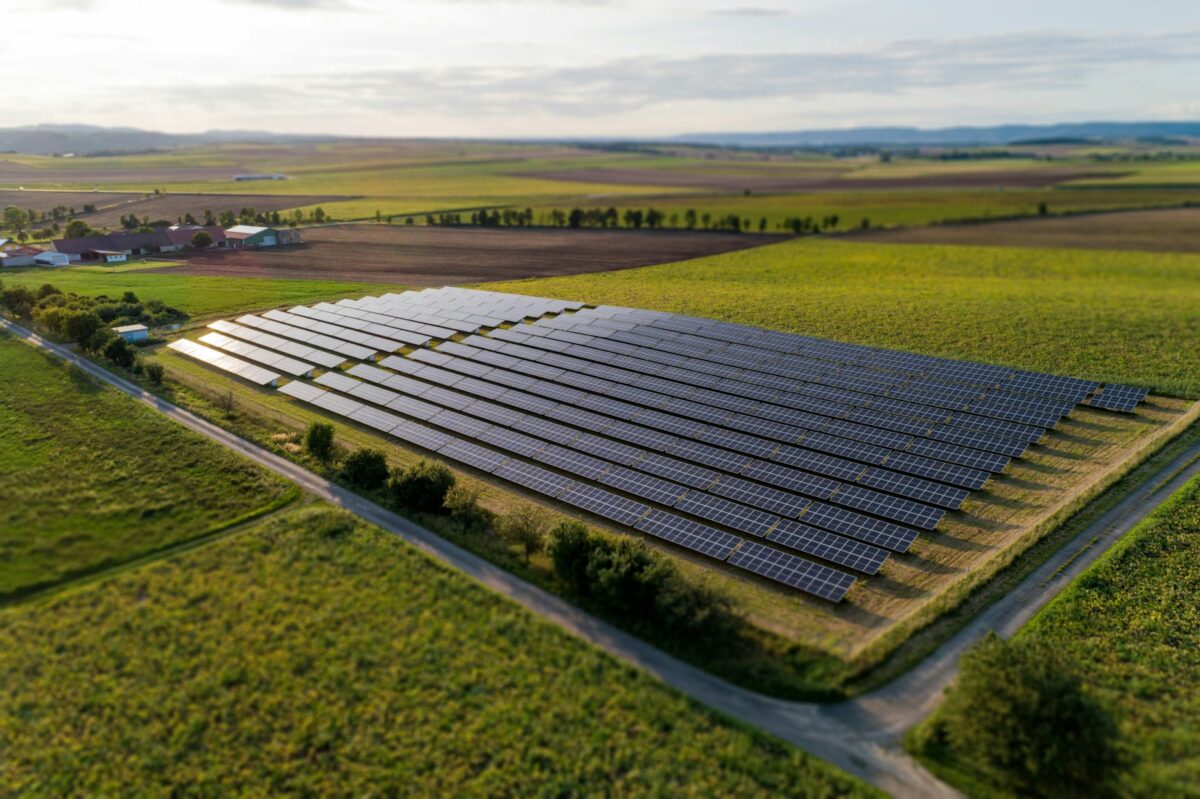The EEB has said that there is sufficient land to expand solar and wind energy in Europe without compromising food production or nature.
The report, “Land for Renewables: Briefing on spatial requirements for a sustainable energy transition in Europe,” said that 2.2% of the European Union’s total land is needed for current and future solar and wind projects to phase out fossil fuels and nuclear power and achieve climate neutrality by 2040.
The analysis used available datasets and EU documents to build on preliminary territorial analysis by the EU’s Joint Research Centre, estimating that 5.2% of the European Union’s land is suitable for renewables projects.
Most suitable land is in rural areas, including 78% of the space for ground-mounted solar, despite excluding areas of high natural or agricultural value. The research concludes that urban and industrial areas alone cannot meet all of Europe’s solar needs.
Much suitable rural land is degraded agricultural land with low productivity and high risk of abandonment, providing an opportunity to revitalize these areas, support the local economy, and create jobs. The report said that renewables can coexist with agriculture and nature through agrivoltaics and calls for clear criteria to facilitate and prioritize the uptake of agrivoltaic systems in these rural areas.
The EEB said that to meet the renewables potential outlined in the report, interconnectivity and solidarity between EU countries are crucial. It noted that Germany and Italy face relative land limitations, while Spain and Romania have a surplus of land, and emphasizes that a European interconnected supergrid is essential to address any inequalities.
“Renewable energies can thrive without harming food supplies or natural habitats. Evidence suggests that Europe has ample land for a sustainable expansion of renewables, excluding biodiversity-rich zones and productive agricultural lands, particularly in rural regions,” said Cosimo Tansini, EEB policy officer for renewables. “By adopting participatory processes and robust mitigation measures to minimize environmental impacts, we can use renewable energy to restore land, benefit communities, and support rural economies.”
This content is protected by copyright and may not be reused. If you want to cooperate with us and would like to reuse some of our content, please contact: editors@pv-magazine.com.




The study says Germany will need about 350 GWp of solar by 2040, but does not have enough space for that.
Meanwhile the Fraunhofer Institute for solar energy systems says that Germany has a potential of 1000GWp on roof-tops and house facades.
These two studies/papers/whatever you want to call it, contradict each other.
What’s the problem with Nuclear Energy? Waste is easily managed. Supplies 30% of U.S. Energy for decades with no problems. Powers all 66 U.S. Navy Submarines, the crews live in the sub with the reactor. No problems since early 1950’s. much more efficient use of land than Utility-Scale Solar. Facilities operate for 60 years so far.